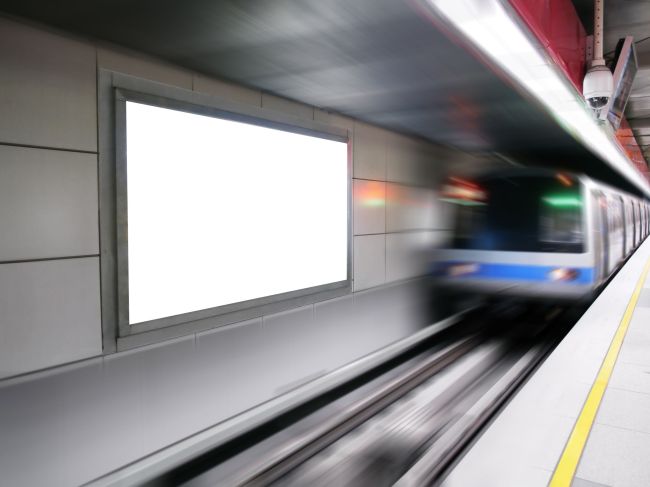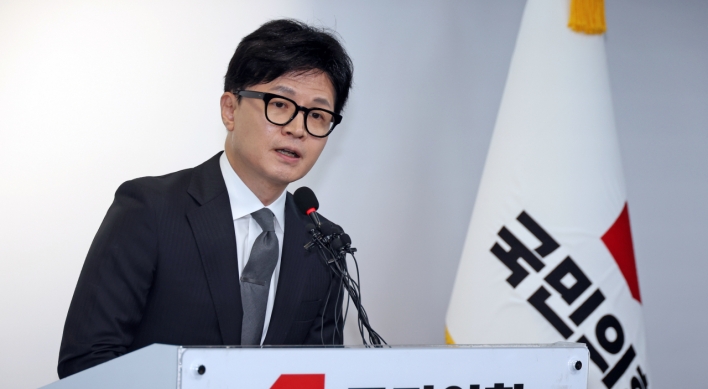When lost on the streets of Seoul, there is one foolproof way to find your way home: just keep walking in one direction on a main road until you hit a subway station.
Sprawled underneath the mega city with over 300 stations on a dozen different lines in the metropolitan area, the subway system acts as a way to navigate the city with ease. There are no major destinations in Seoul that cannot be reached via subway, making it the prime mode of transportation for many Seoulites and tourists.
Sprawled underneath the mega city with over 300 stations on a dozen different lines in the metropolitan area, the subway system acts as a way to navigate the city with ease. There are no major destinations in Seoul that cannot be reached via subway, making it the prime mode of transportation for many Seoulites and tourists.

The transfer fare system, which allows passengers to transfer between lines without additional charges, makes the subway system especially affordable for tourists or commuters who are covering long distances. Subway stations in Seoul all service digital transportation cards that can be reloaded at most convenience stores, and can also be charged on regular credit cards or cellphone chips.
Popular tourist areas such as Myeong-dong, Dongdaemun and Gangnam are all easily accessible via multiple subway stations, and large museums and parks often have their own subway stations.
“I was a little worried that we wouldn’t be able to find our way around Seoul, but the subway system is so easy to navigate here,” said 28-year-old Jamie Lim, who was visiting Korea from the United States with her husband. “We just came from visiting China and Japan, and we had such a difficult time getting around. Here, the subway stations are all so close together and well-marked.”
Trains run on intervals as short as two minutes during rush hour, with about two to three minutes between each station. Digital screens indicate when the next train is set to arrive, and signposts everywhere provide information on the surrounding areas of each station as well as transfer information.
The heavy foot traffic has made subway stations an optimal place for businesses targeting people on the move, such as convenience stores or fast food restaurants and takeout coffee chains. In addition, many stations house cosmetics and clothing stores hoping to catch the attention of shoppers on their way to the shopping districts aboveground.
Some underground shopping centers, such as those at Jonggak Station in Jongno-gu, Seoul, or GoTo Mall at the Express Bus Terminal Station in the Gangnam Area, have become attractions in and of themselves for their inexpensive and extensive offerings.
As people spent more time underground, more facilities were developed for their comfort and safety. Many subway stations have specialized facilities that may be difficult to find in other buildings such as breast-feeding rooms, rest areas, and unmanned libraries. Some even have spaces set aside for cultural attractions such as concerts or exhibitions.
However, not all experiences on the subway are pleasant. During the morning and evening rush hours, every car is jam-packed with passengers. The tight, cramped spaces, especially around business districts such as Yeouido, Jongno, and Gangnam have led to the creation of new words such as “jiokcheol” -- literally meaning “train to hell.”
Many passengers have complained of being elbowed or jabbed as others try to push their way toward the exit at their stop. Physical fights and sexual harassment have also been frequent complaints on crowded trains, leading to the need for heightened security.
Although all subway stations have security personnel on hand, it is sometimes difficult to sort out tense situations because they are not official policemen.
In addition, some point out that although the subway is most people’s main mode of transport in the city, the system is not accommodating enough for people with disabilities, and that the subway stops running too early.
“I live near a center for the blind, and when I’m getting on and off the subway I see a lot of people pushing or running past people with visual impairment,” said a 26-year-old student named Kim Sun-chan. “There are no employees around who really seem to be able to help them, especially when they’re going up and down the stairs.”
“I think that the subways should run longer for people who commute far distances,” said 33-year-old Cho Ji-hye, who commutes across Seoul every day. “If I get off work a little late at night, I have to take a cab home, which costs me about twenty times the regular subway fare.”
For people living in Seoul and those just visiting, the subway system, and all of its advantages and shortcomings, is an essential part of the daily routine.
By Won Ho-jung (hjwon@heraldcorp.com)


![[Exclusive] Korean military set to ban iPhones over 'security' concerns](http://res.heraldm.com/phpwas/restmb_idxmake.php?idx=644&simg=/content/image/2024/04/23/20240423050599_0.jpg&u=20240423183955)

![[Graphic News] 77% of young Koreans still financially dependent](http://res.heraldm.com/phpwas/restmb_idxmake.php?idx=644&simg=/content/image/2024/04/22/20240422050762_0.gif&u=)



![[Pressure points] Leggings in public: Fashion statement or social faux pas?](http://res.heraldm.com/phpwas/restmb_idxmake.php?idx=644&simg=/content/image/2024/04/23/20240423050669_0.jpg&u=)









